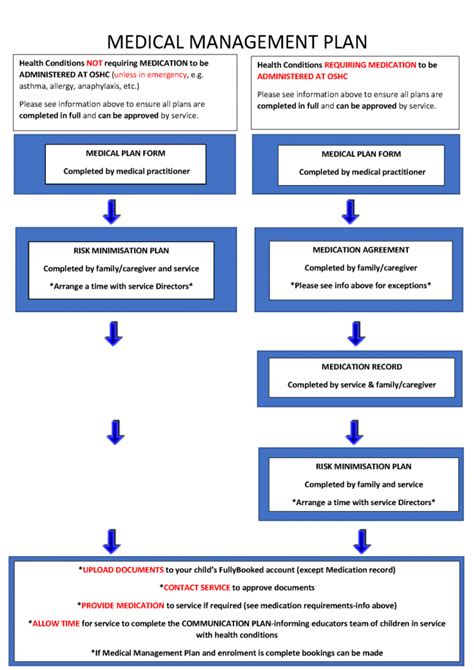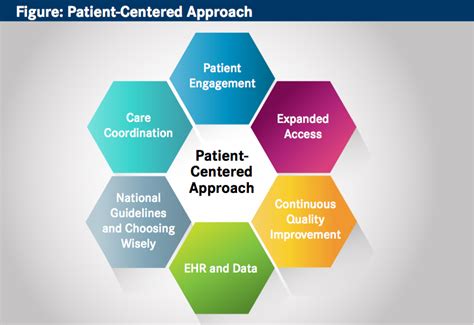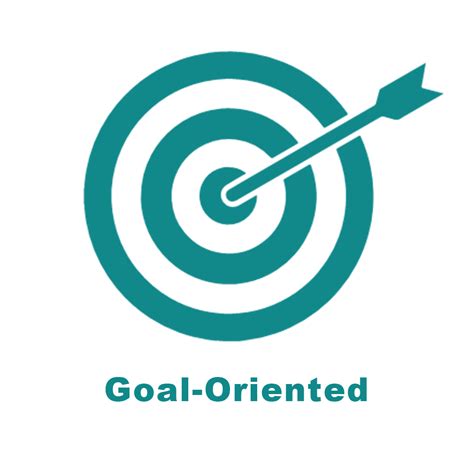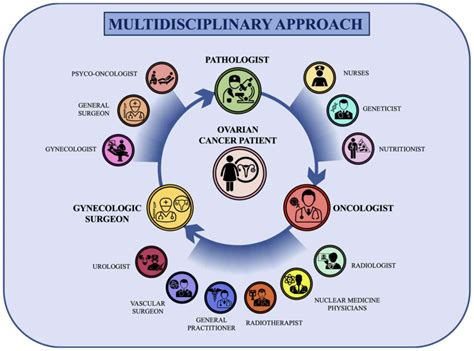Intro
Develop a comprehensive clinical management plan in 5 straightforward steps. Learn how to create a tailored plan that prioritizes patient care, streamlines treatment protocols, and fosters collaborative healthcare teams. Discover the essential elements of effective clinical management, including assessment, goal-setting, and ongoing evaluation, to enhance patient outcomes and optimize care delivery.
Effective clinical management is crucial for delivering high-quality patient care, improving health outcomes, and reducing healthcare costs. A clinical management plan is a comprehensive document that outlines the strategies, interventions, and resources needed to manage a patient's condition or disease. In this article, we will discuss the importance of clinical management plans and provide a step-by-step guide on how to create one.
A clinical management plan is a vital tool for healthcare professionals, as it enables them to provide coordinated, patient-centered care. By developing a plan, healthcare providers can ensure that patients receive the right treatment, at the right time, and in the right setting. This approach can lead to better health outcomes, reduced hospital readmissions, and improved patient satisfaction.

Step 1: Assess the Patient's Needs
The first step in creating a clinical management plan is to assess the patient's needs. This involves gathering information about the patient's medical history, current condition, and treatment goals. Healthcare providers should conduct a thorough assessment, including:
- Reviewing the patient's medical history and current condition
- Conducting a physical examination
- Ordering diagnostic tests and reviewing the results
- Assessing the patient's functional abilities and social support
- Identifying the patient's treatment goals and preferences
Using a Patient-Centered Approach
A patient-centered approach is essential when assessing the patient's needs. This involves engaging the patient in the decision-making process, respecting their autonomy, and addressing their concerns and preferences. By involving the patient in the assessment process, healthcare providers can ensure that the clinical management plan is tailored to their individual needs.

Step 2: Identify the Patient's Goals and Objectives
The second step is to identify the patient's goals and objectives. This involves working with the patient to establish specific, measurable, achievable, relevant, and time-bound (SMART) goals. The goals should be tailored to the patient's needs and priorities, and should address their physical, emotional, and social well-being.
- Examples of patient goals and objectives:
- Managing symptoms and reducing pain
- Improving functional abilities and mobility
- Enhancing quality of life and overall well-being
- Reducing hospital readmissions and emergency department visits
Using a Goal-Oriented Approach
A goal-oriented approach is essential when identifying the patient's goals and objectives. This involves working with the patient to establish clear and achievable goals, and developing a plan to achieve them. By using a goal-oriented approach, healthcare providers can ensure that the clinical management plan is focused on the patient's needs and priorities.

Step 3: Develop a Comprehensive Care Plan
The third step is to develop a comprehensive care plan that addresses the patient's needs and goals. This involves identifying the interventions, services, and resources needed to manage the patient's condition or disease. The care plan should be tailored to the patient's individual needs and priorities, and should address their physical, emotional, and social well-being.
- Examples of interventions and services:
- Medication management and therapy
- Wound care and management
- Pain management and palliative care
- Rehabilitation and physical therapy
- Social support and counseling
Using a Multidisciplinary Approach
A multidisciplinary approach is essential when developing a comprehensive care plan. This involves working with a team of healthcare professionals, including physicians, nurses, therapists, and social workers. By using a multidisciplinary approach, healthcare providers can ensure that the clinical management plan is comprehensive and addresses the patient's complex needs.

Step 4: Implement and Monitor the Care Plan
The fourth step is to implement and monitor the care plan. This involves putting the plan into action, and regularly monitoring the patient's progress and outcomes. Healthcare providers should:
- Implement the interventions and services outlined in the care plan
- Monitor the patient's progress and outcomes, using data and metrics
- Adjust the care plan as needed, based on the patient's response to treatment
- Communicate with the patient and their family, to ensure that they are informed and engaged in the care process
Using a Data-Driven Approach
A data-driven approach is essential when implementing and monitoring the care plan. This involves using data and metrics to track the patient's progress and outcomes, and making adjustments to the care plan based on the data. By using a data-driven approach, healthcare providers can ensure that the clinical management plan is effective and efficient.

Step 5: Evaluate and Revise the Care Plan
The final step is to evaluate and revise the care plan. This involves regularly reviewing the patient's progress and outcomes, and making adjustments to the care plan as needed. Healthcare providers should:
- Evaluate the patient's progress and outcomes, using data and metrics
- Revise the care plan as needed, based on the patient's response to treatment
- Communicate with the patient and their family, to ensure that they are informed and engaged in the care process
Using a Continuous Quality Improvement Approach
A continuous quality improvement approach is essential when evaluating and revising the care plan. This involves regularly reviewing and improving the care plan, to ensure that it is effective and efficient. By using a continuous quality improvement approach, healthcare providers can ensure that the clinical management plan is of high quality and meets the patient's needs.

By following these five steps, healthcare providers can create a comprehensive clinical management plan that addresses the patient's needs and goals. This approach can lead to better health outcomes, reduced hospital readmissions, and improved patient satisfaction.
What is a clinical management plan?
+A clinical management plan is a comprehensive document that outlines the strategies, interventions, and resources needed to manage a patient's condition or disease.
Why is a clinical management plan important?
+A clinical management plan is important because it enables healthcare providers to provide coordinated, patient-centered care, leading to better health outcomes, reduced hospital readmissions, and improved patient satisfaction.
How do I create a clinical management plan?
+To create a clinical management plan, follow the five steps outlined in this article: assess the patient's needs, identify the patient's goals and objectives, develop a comprehensive care plan, implement and monitor the care plan, and evaluate and revise the care plan.
We encourage you to share your thoughts and experiences with clinical management plans in the comments section below. How do you create and implement clinical management plans in your practice? What challenges have you faced, and how have you overcome them? By sharing your insights, you can help others improve their clinical management plans and provide better care for their patients.
